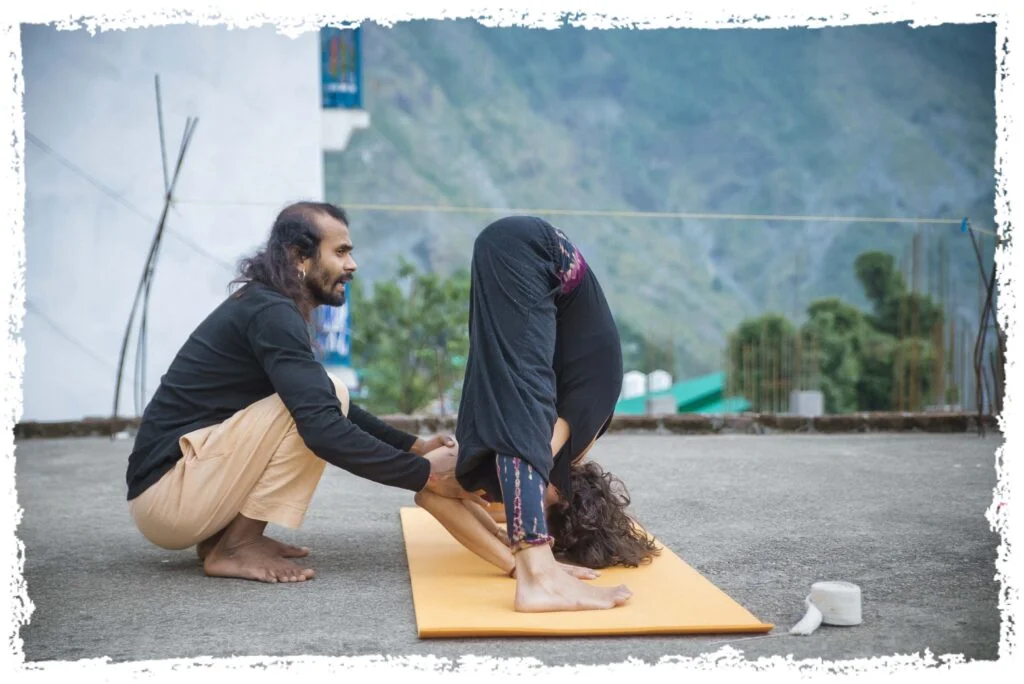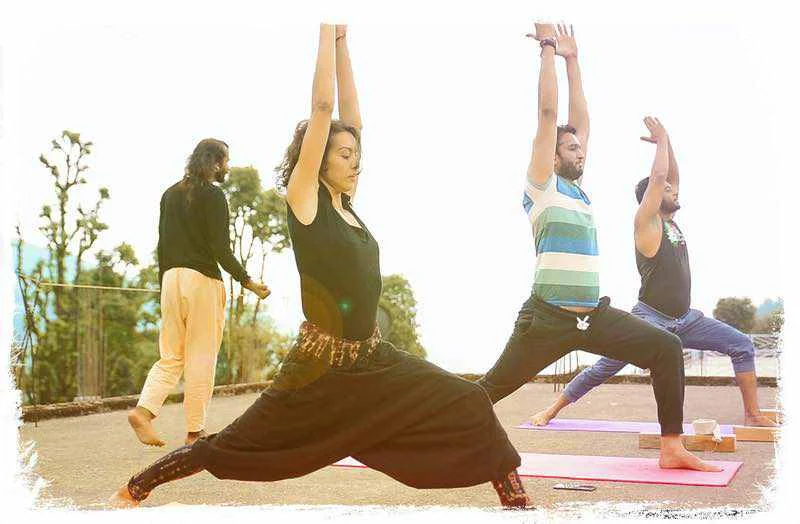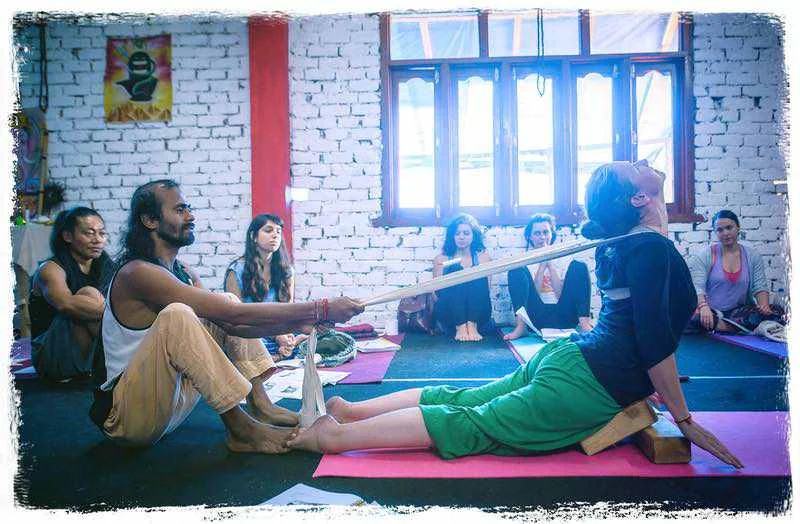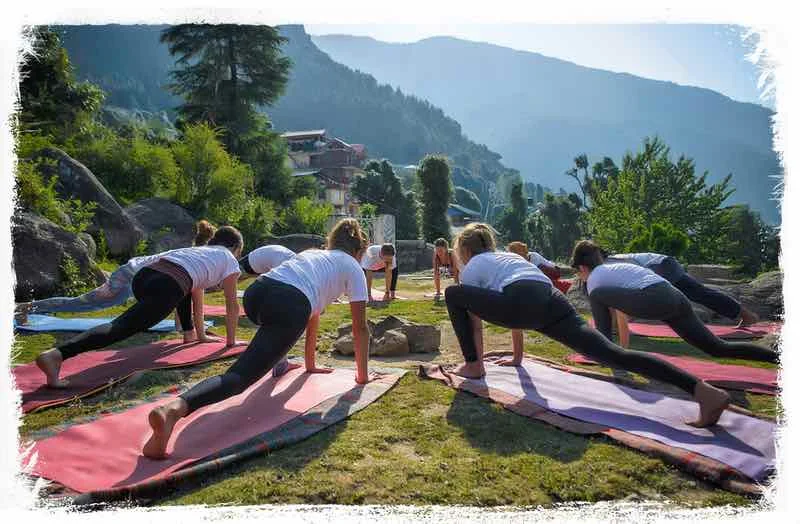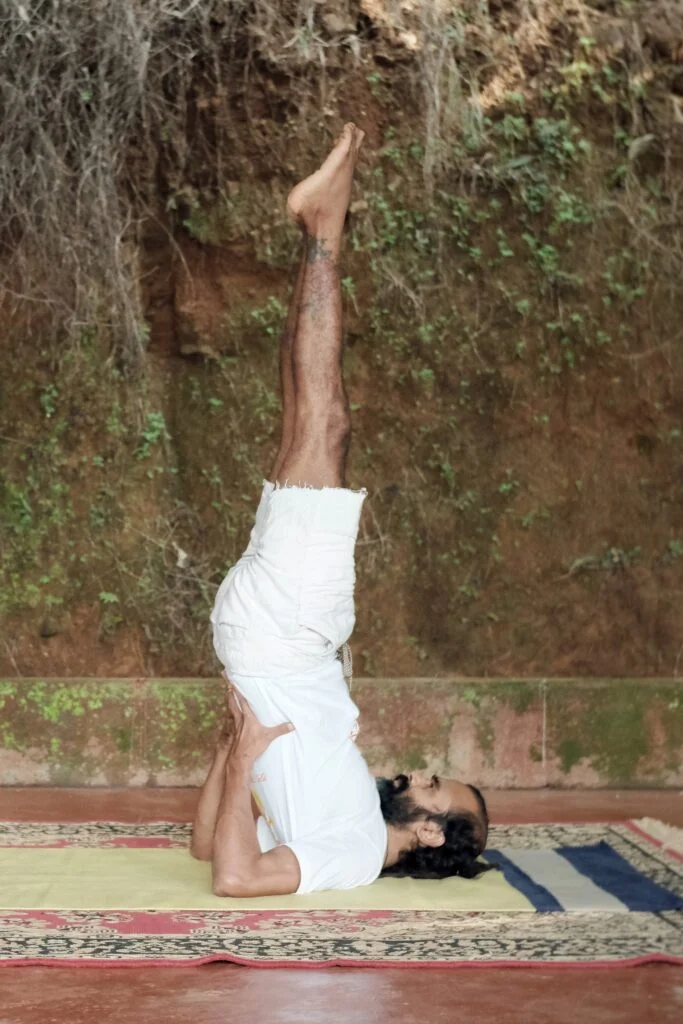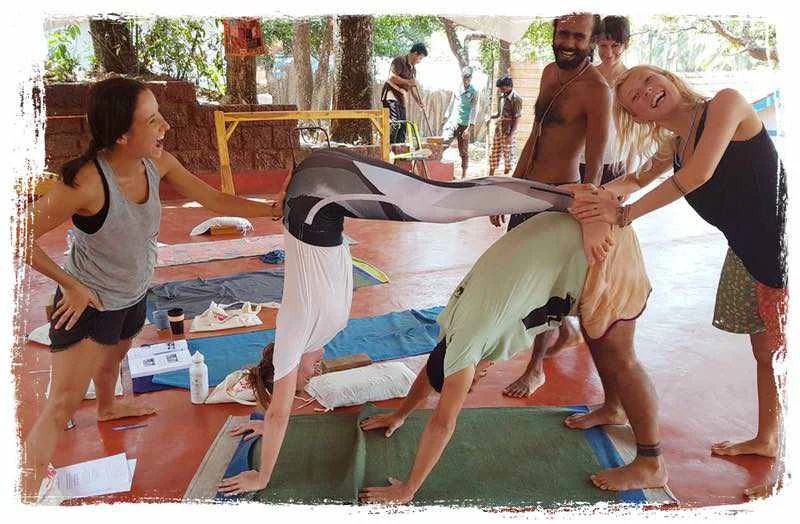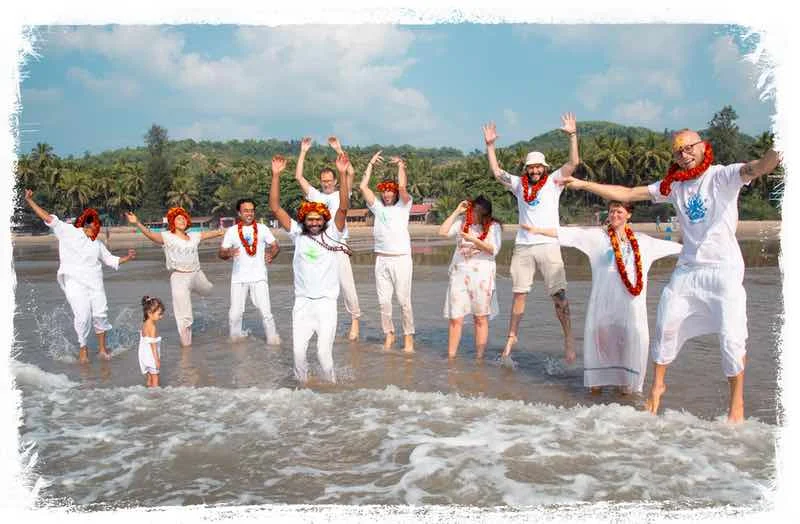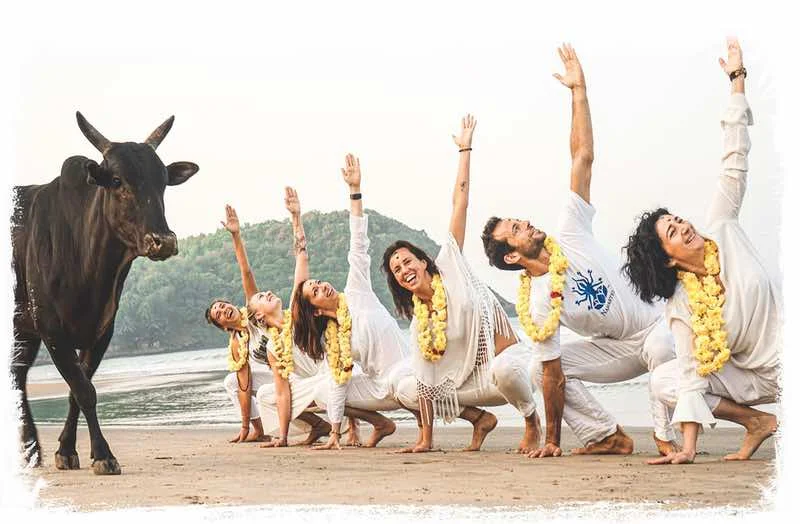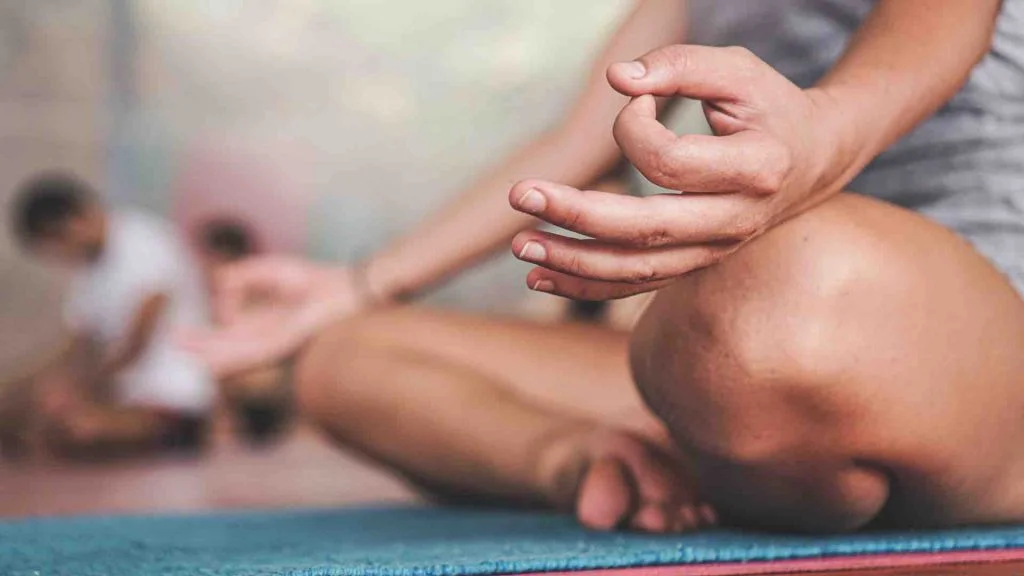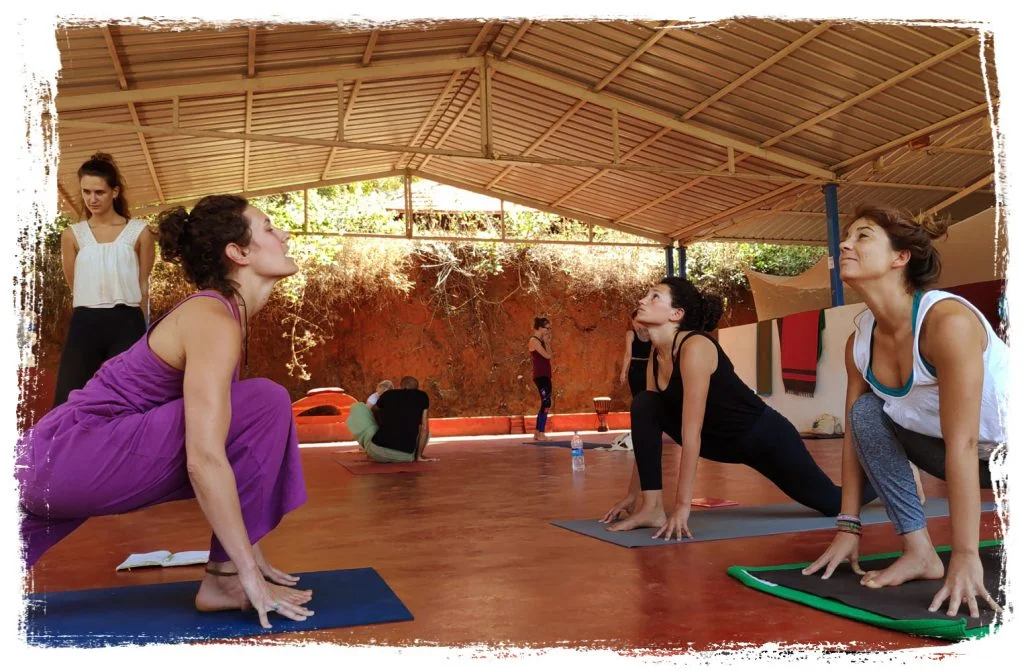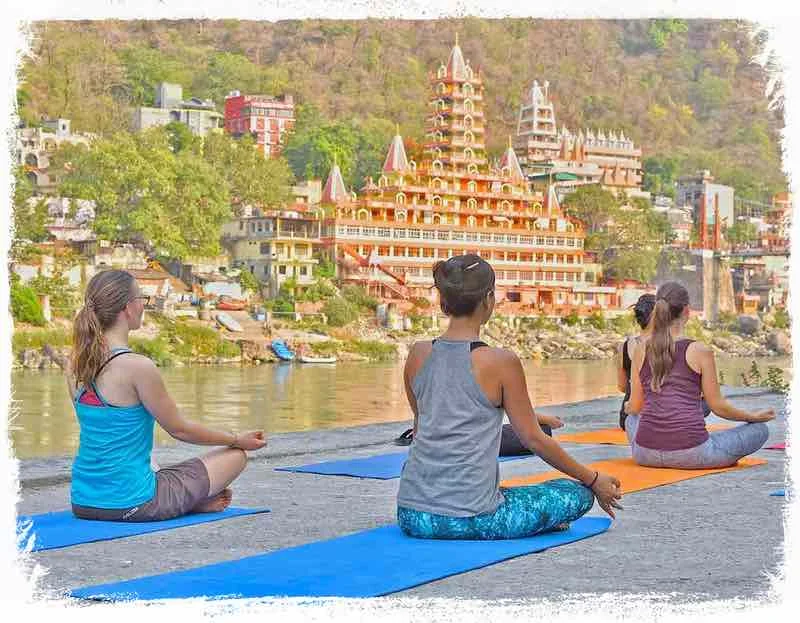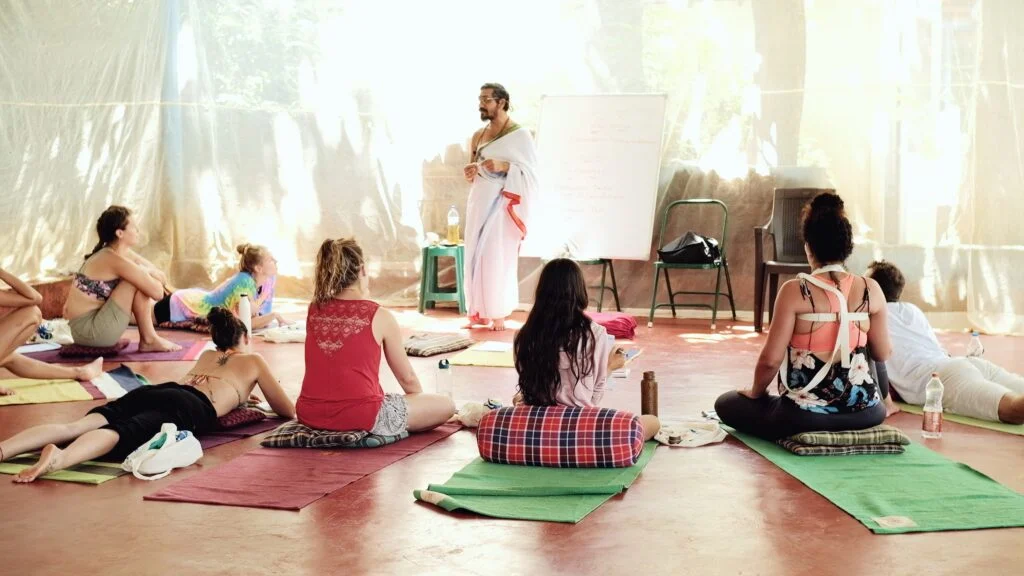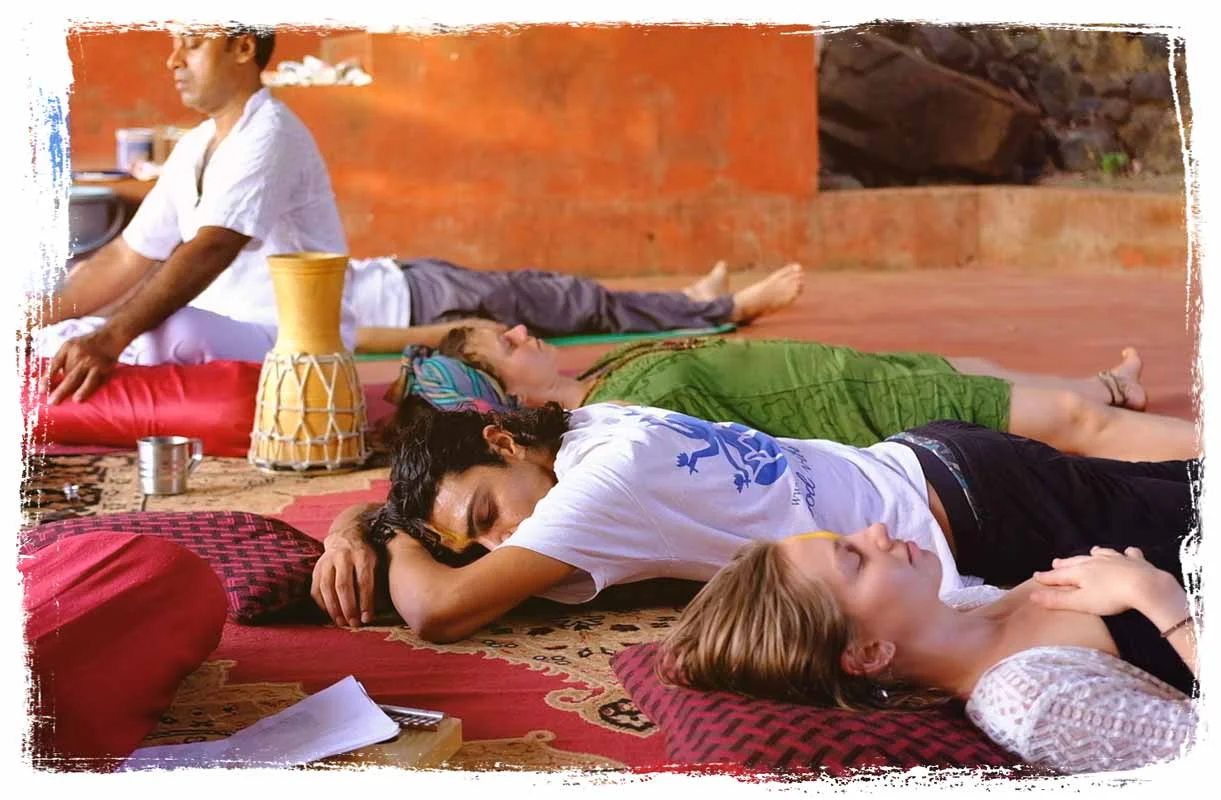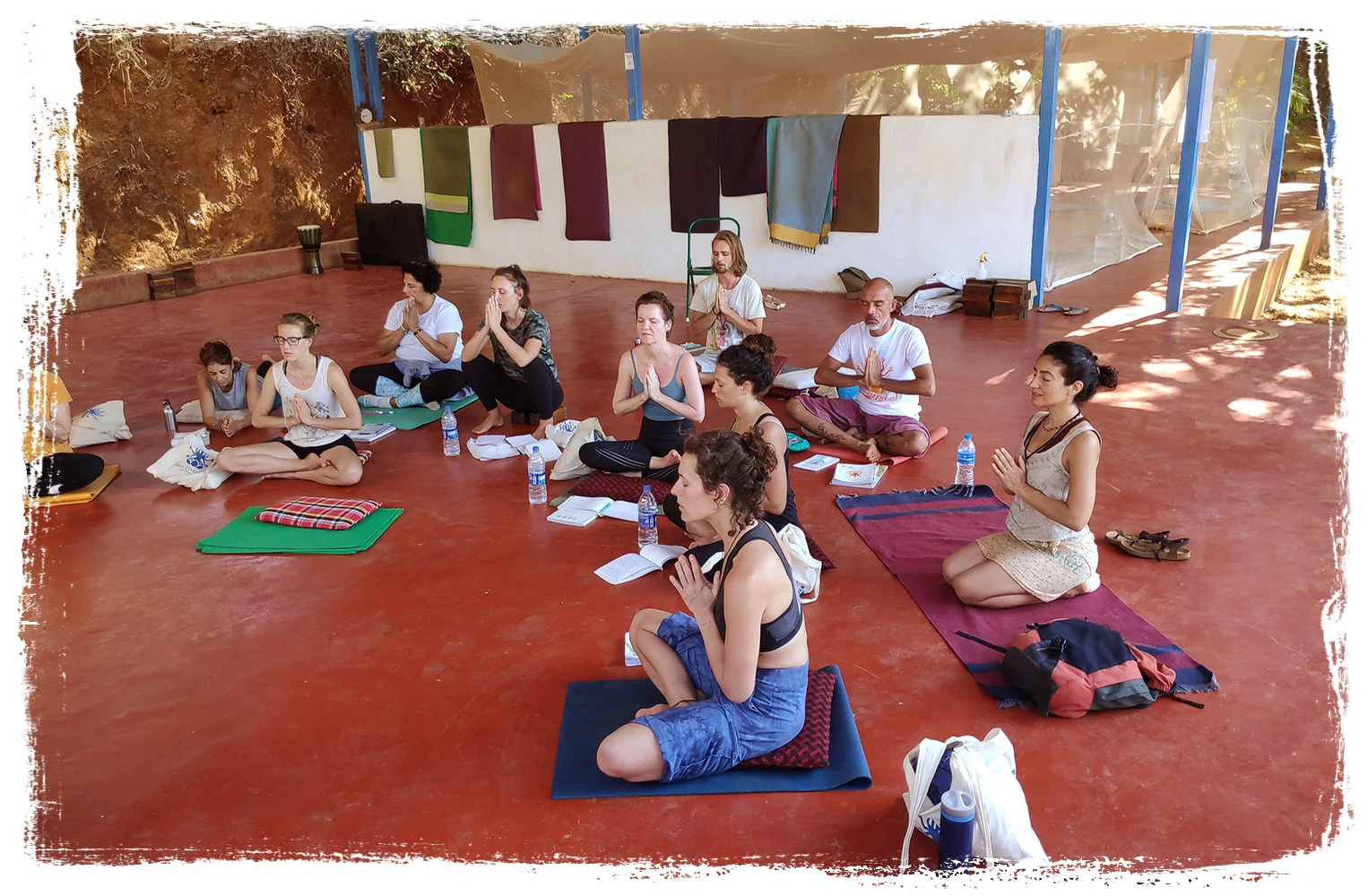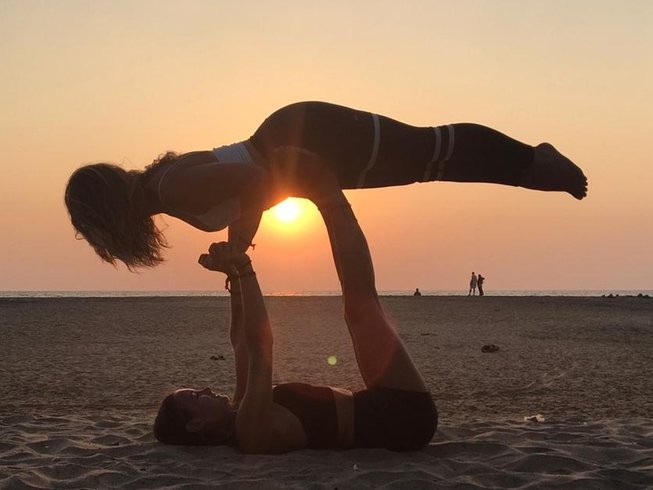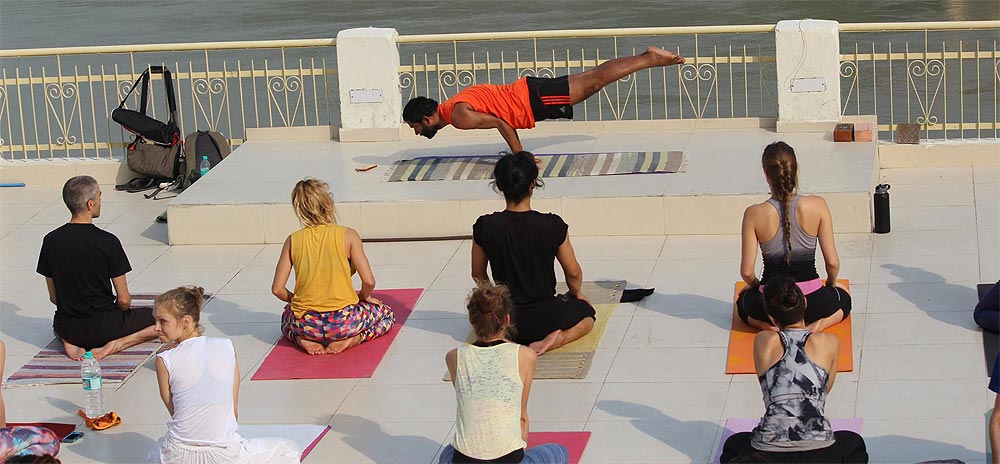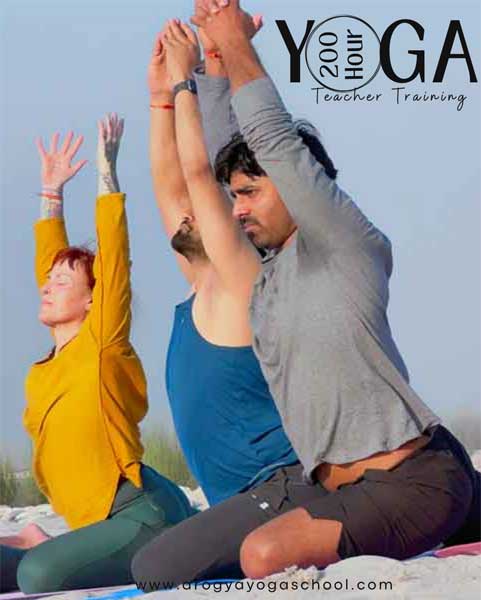Hatha Yoga is the first and most ancient style of yoga. At its origin and for many centuries on, yoga did not have anything to do with physical postures: it was all about the deep study and understanding of the mind through meditation and ascetic practices.
The ancient sages and yogis started then to develop some seated postures that would help them to gain physical flexibility so that they could endure many many hours of seated meditation.
The classic text on Hatha Yoga (Hatha Yoga Pradipika by Svatmarama, written in the XV century) can be considered almost as an anthology of many Hatha texts combined. It includes fifteen primary postures (seated and non seated) as well as other additional postures, totalling 84 asanas. This is the first time we know of an asana being described as something other than a seated position. After all, the word asana means “to seat”, specifically a seat for meditation. 84 is a number used over and over again in spiritual practices, representing a connection between the individual practitioner and the universe.
Hatha Yoga is about balancing the body and mind. HA represents the sun and THA the moon. The practice of Hatha Yoga aims to join and balance these two energies. This is why, during our TTC, we give particular focus and importance to the practice of traditional Hatha Yoga; expect to move through a set of physical postures to warm up the body and circulate the energies, along with breathing techniques. You will be learning the traditional Surya Namaskar Hatha Yoga style and the different variations of it. You will also be practicing many other asana both standing and seated/reclining. These are typically practised more slowly and held for longer than a Vinyasa flow or Ashtanga class.
Other than asana, there are five more practices in Hatha Yoga that form the six limbs that you will be learning with us; they are: Shatkarma, Pranayama, Bandhas, Mudras and Samadhi. Lastly, during the “art of teaching” classes, you are going to learn the perfect alignment and all the variations of the main asana which are found in Hatha Yoga, through the expert guidance of lead teacher Hari ji
Category
- Teacher's Training
- 500 Hours YTTC
Styles
- Ashtanga Yoga
- Hatha Yoga
Skill level
- Beginner
- Intermediate
- Advance
Food Type
- Vegetarian
Meals
- Breakfast
- Lunch
- Dinner
Retreat For
- Family Friendly
- Solo Traveller
- For Couples
Stay Not Available
Meet the instructors

Hari Pawali
I am Hari Pawali and welcome to Shree Hari Yoga School. I founded the school with the goal of providing affordable high-quality training in yoga and the healing arts, with students of all paths and levels. I set forth to create an inclusive community of students and teachers where all feel welcomed and where I could share the knowledge and experien... Read More
Hari Pawali

Mayank Patel
Designation: Yoga Professional with 7 years of rich work experience in teaching Yoga to groups and individuals in India and Cambodia. Teaching Experience: Expertise in the areas of Teaching multilevel yoga classes ,stress management ,diet management, Himalayan Sound Healing , Depression counselling , Life Management Through Bhagwad Geeta .... Read More
Mayank Patel

VSR Bhaskar
Designation: My self I am VSR Bhaskar ,born in an orthodox Vedic family which is deeply rooted in yogic tradition for many generations. I am spiritually inclined from child hood. I am a traveller and truth seeker . golden icon Teaching Experience: By the blessings of 11 enlightened masters,I have done research on 7 ancient paths of yoga to... Read More
VSR Bhaskar
Program
Day 1
-
07:00 am - 08:00 am Pranayama, meditation or cleansing (Kriya) 08:00 am - 09:30 am Asana practice & last week practicum 09:30 am - 10:30 am Silent breakfast 10:30 am - 11:30 am Art of Teaching 11:30 am - 12:30 pm Anatomy & physiology 12:30 pm - 02:00 pm Lunch 02:00 pm - 03:00 pm Self Study 03:00 pm - 04:00 pm Philosophy 04:00 pm - 05:30 pm Asana practice & last week practicum 05:30 pm - 06:00 pm Karma Yoga 06:00 pm - 07:00 pm Meditation/Learn how to chant your mantras & understand mudras 07:00 pm - 08:00 pm Dinner 08:00 pm - 05:00 am Bed Time
Bandhas
-
In Hatha Yoga, you will discover three essential bandhas that harness subtle energies. These bandhas aid in breath retention, allowing for prolonged posture holding. They promote tranquility and composure throughout your Hatha Yoga practice, while also facilitating the smooth flow of Prana.
The four bandhas in Yoga are:
- Mula Bandha (Root Lock)
- Uddiyana Bandha (Abdominal Lock)
- Jalandhara Bandha (Chin Lock)
- Maha Bandha (Great Lock)

